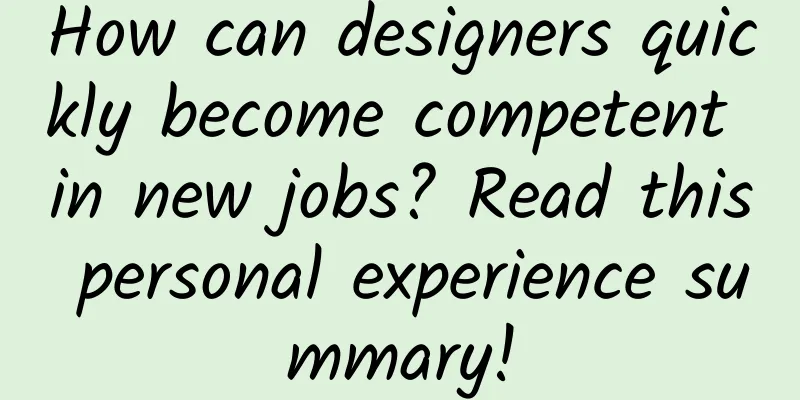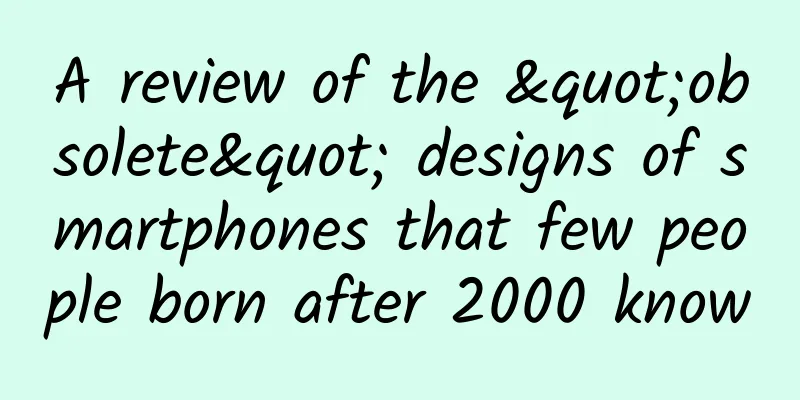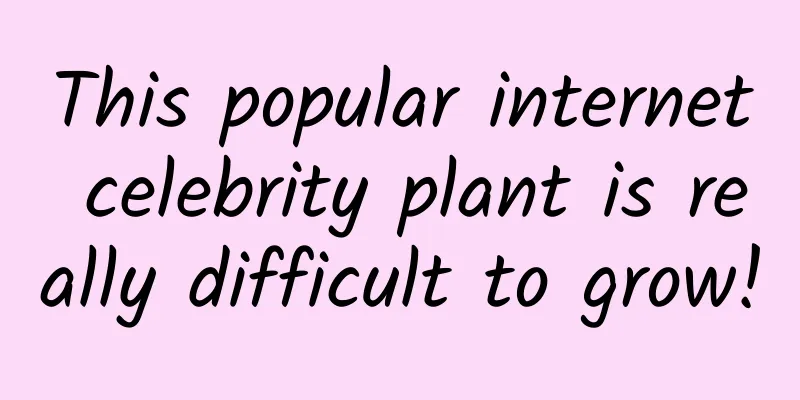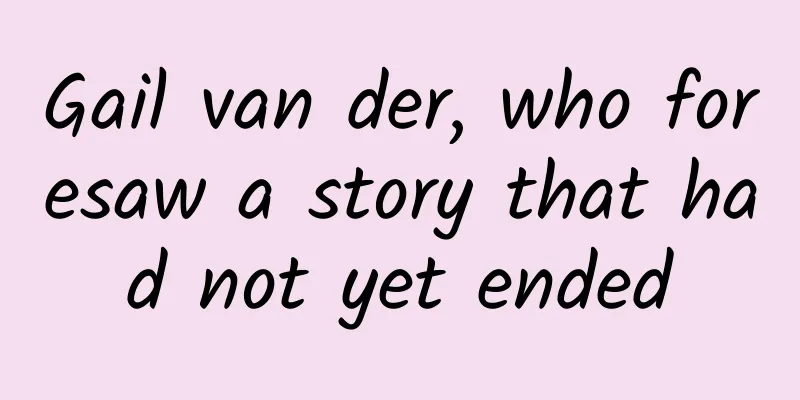How can designers quickly become competent in new jobs? Read this personal experience summary!

|
For most designers and design teams, they will encounter endless drawings and constant requests every day. It is inevitable that omissions will occur and they will have to rush to rework or make up for it. So how to avoid this situation and how to deal with emergencies in the design? Next, I will share with you my working methods and solution strategies from the two aspects of task management and project management through some of my own design management experience.
Task ManagementGood task management can let you know how many bricks you need to move every day and every week. Among these bricks, which are the highest priority gold bricks, which are the higher priority silver bricks, and which are ordinary bricks? There may be temporary additions while you are moving, so good task management can make you more at ease, and I believe that developing a good habit of self-management will be of great benefit to all aspects of your future. Here are two ways I use tools to manage tasks:
Method 1: EvernoteWe can create two documents in Evernote, one for this week's to-do list and one for each day's to-do list (it is recommended to use Evernote's Super Notes to create them, the new editor is very easy to use) Here are the things to do this week:
Here are the daily tasks After creating a weekly to-do, I will create a daily to-do document to further refine what I have done every day and the degree of completion of the tasks, so I will record them in the form of a table. The table header can be classified according to your preferences (here I take the table created according to my own habits as an example, which is divided into "todolist, time, progress, notes". I use todolist and time to roughly allocate time to arrange the work rhythm of the day, and use progress to track the completion status every day. I usually use notes as a to-do list to record relevant details) Method 2: TickTickTo-do event software helps you remember some periodic and temporary events (it can also set reminders, repeated reminders, and continuous reminders... until you do the reminder, which can effectively prevent you from forgetting some things because there are too many things to do)
project managementThe general design process is as follows:
However, a real project may encounter various problems during its execution. Maybe you are still a newcomer and don't understand the company's business and design specifications. There may also be temporary changes in requirements, development resources may be tight and a downgrade plan may be required, design time may be compressed and need to be output in batches, etc. The following will explain each problem one by one according to different situations. 1. Reasonable allocation of time and workloadWhen you get a requirement, no matter it is a small iteration or a product from 0 to 1, there will be a lot of things you need to deal with. But if you want to do a little bit of everything and can’t finish anything or the work you do is not satisfactory, then in the end you will be very stressed as you watch the delivery date getting closer and closer but there is no progress on the deliverables. In the early stage, you should communicate with the product to clarify the scope of this demand? Secondly, understand the time plan of the entire project?
2. Find the answer by yourselfWhen you encounter something you don't understand, try to solve it yourself first. Don't try to solve it yourself if you can't solve it. Don't try to solve it yourself if you can't solve it. Find the answer from the data: If the company has a component library and design guidelines, there are a lot of standard documents and instructions. Seek help from people around you: When you first come to the company, you are definitely not as familiar with the company, business, and projects as others. If you don’t understand something, ask. After a while, you will find the answer and become familiar with others. 3. Communicate promptly and seek helpWhen you encounter a situation that you cannot handle in a short period of time Anticipate risks: On the one hand, you need to identify your mentor’s risk points in advance to see if you can make some resource adjustments to ensure the project continues. Coordination and communication: On the other hand, if it does affect the progress, inform the partners in advance and the adjusted time plan; 4. Risk management reportingThere are indeed many difficulties and obstacles when encountering major projects, which need to be reported to the higher authorities in a timely manner and communicated with the MGR:
5. Adjust yourself and accept opinionsWhether you are a newcomer or a veteran, you may encounter difficulties and obstacles in the project, which may make you feel frustrated. Don't be discouraged, allow yourself to make mistakes: as long as the mistake does not cause huge losses, it is acceptable. Adjust your mindset, learn from the mistakes, and you will be able to solve them easily when you encounter them again; Accept opinions: Don’t be resistant to the other person’s opinions. They are also describing their opinions from the perspective of helping you solve your current difficulties. Accept them with an open mind. 6. Program ManagementEspecially when it comes to major style upgrades or visual definitions, you need to try multiple solutions. It is best if the differences between the solutions are larger. You can output 2-3 solutions, and analyze the corresponding advantages and disadvantages of each solution. After you have a solution that you are more satisfied with, you will be more inclined to communicate with others and it will be easier to get the other party's approval. 7. Large-scale product projects/product iterationsAfter the product proposes product planning and product requirements, the design side also needs to make corresponding design plans, specific feasible content and corresponding time nodes, and implement the design in stages. During the process, the business side may not be very clear about your output rhythm, so you need to communicate the design plans and solutions with multiple parties (product, mentor, MGR...) in a timely manner. After multiple parties reach a consensus, the proposal will not be easily rejected when it is finally reported to the decision maker. Even if it is dissed, there will be support from multiple parties. Risk point: The final decision maker should be identified in the early stage of the project. The partners may have different hierarchical relationships, so when reviewing the plan, key roles should be called together to avoid the final plan being rejected because the reporting object is not the decision maker! In conclusion, developing good habits is of great help in task management. Clarifying the project content, time rhythm, and risk points can help to better control the project. |
<<: From three aspects, help you quickly master the complete framework of "design system"
>>: A new perspective on ToB: Exploring methods for evaluating the mini-program ecosystem
Recommend
Some thoughts on the design of payment platform architecture
My first task in my previous company was to devel...
The "Green Onion Entrepreneurship Plan" is officially launched and entrepreneurs can receive high-quality resource support
On March 27 , an offline press conference with th...
Implanting AI engine Amap's future goal is to create a living map
At the Yunqi Conference in August this year, Alib...
up to date! Ranking of 44 information flow platforms, Douyin’s data is eye-catching!
The latest traffic rankings of major information ...
Profitable customer acquisition methods for K12 online education!
In 2019, the author participated in the cold star...
Lamborghini holds new Urus SE product launch in Shanghai
[Shanghai, May 25, 2024] Following its global deb...
"Disappeared" for more than half a century! This critically endangered species appears
According to the Sichuan Emeishan Forestry Manage...
6 practical methods for writing new media operation titles!
If you want me to see it, you have to give me str...
Can sleep-aiding aromatherapy really cure insomnia? Don’t believe it anymore, because…
“Sleep-aiding aromatherapy can cure insomnia.” Th...
This small fish that lived 300 million years ago had a unique way of reproduction
When it comes to the reproduction of fish, what c...
How much does it cost to develop a pregnancy and childbirth app in Pingliang?
Mini programs provide convenience for publicity a...
Short video operation: How to break through the monetization of short videos
The popularity of short videos has already made p...
These water sources are special. If used properly, they can make water "regenerate"!
When it comes to water sources, the first thing t...
What is the "crucifix" of solid-state battery performance degradation? "Artificial Intelligence Microscope" to find out
Produced by: Science Popularization China Author:...
Juniper: Global smartphone shipments to reach 1.2 billion this year
On September 17, market research firm Juniper Res...









